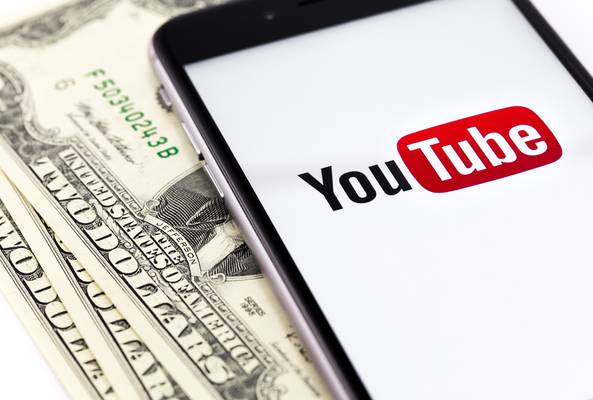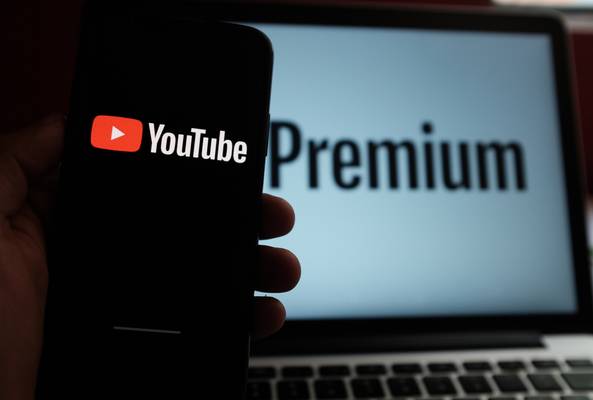Lydia Sweatt is a writer, bookworm, and bass guitar enthusiast. When she goes outside, a bicycle goes with her.
YouTube Monetization Update: Key Changes for Video Ads

For many years, YouTube has been guilty of not fully explaining how and why demonetization due to restricted ads actually happened. Well, creators, your cries have been answered!
Read More: 20 YouTube Updates that Will Affect Your Channel in 2024

YouTube has recently launched a monetization feature that will not only help you avoid that dreaded yellow icon for your videos but also give insights on tour past videos and mistakes that caused your content to get demonetized. And who better than our expert Rob Wilson to explain all of that to you! Click on the link below.
Key Features of the Update
- Applicable to Monetized Channels: Only for those using the desktop upload process.
- Self-Certification Requirement: Creators must honestly self-certify their videos during the upload process.
Yellow Icon Appeal Process:
Creators can appeal if a video receives a yellow icon indicating restricted ads. A human expert will review the video based on the following factors. In the video above by Creator Insider, you can learn how you appeal for the removal of these yellow icons. In short, here is what is required:
- Advertiser-Friendly Guidelines: The review will detail which guidelines were breached.
- Impact on Video: Specifics on how the breach affects ad placement.
- Timestamp Information: Identifies the exact moment the issue occurred in the video.
- Other Elements: Includes details if the issue was with the thumbnail or title.
Given that this process is fairly new and still pending results, there are some limitations that we have to accept. The intention is for creators to learn and avoid future mistakes, and not abuse the process. So, creators need to request a review to get this detailed report--there isn't an automatic alternative yet.
While you can still look at past mistakes, you cannot retroactively change them by just editing out the contentious part. However, YouTube may consider re-reviewing content in the future.
But all in all, it's a huge step taken in favor of creators moving forward!
Previous Ads Updates
Since November 2023, YouTube has taken a more hands-on approach with ad placements on your videos. Instead of allowing you to select the ads you want to show, such as pre-rolls, post-rolls, skippable, or non-skippable, YouTube makes those decisions for you. Not only that, but YouTube also decides when the ads are shown and who they’re shown to across the world.
This means you don't have to manually insert video ads anymore; YouTube will place them along the best possible timestamps, effectively doing the hard work for you. But why is this happening?
It seems like YouTube is optimizing the viewer experience while ensuring that creators make the most money possible. It’s a win-win because creators will spend less time placing ads and (potentially) earn more ad revenue overall. But more on that later!
What Happens to My Watch Time If YouTube Handles My Ads?
If you're concerned about how this might affect your watch time, YouTube has some insights. Their data suggests that enabling non-skippable ads can increase revenue by 5%, with only a minor decrease in watch time of less than 1%.
Additionally, activating pre-roll ads can potentially boost revenue by over 15%, with a watch time reduction of less than 5%.
So, yes — watch time will take a small hit, but the tradeoff is that you can make more money in the long run. This video has all the details, so give it a watch if you need more information about the update.
Can I Still Control YouTube Ads?
While these changes offer a streamlined approach, it's worth noting that the ad settings of your existing videos won’t change. And for those who want to use mid-roll ads, you still have the option to place those manually.
For those who frequently livestream, there are updates in that arena as well. Creators can choose to let YouTube determine the optimal times for mid-roll ads during streams or set regular intervals, such as every 6, 8, or 10 minutes. However, if you're using third-party streaming tools, like StreamYard, be aware that they might not support these new ad features (yet).
These changes won’t impact every creator. But it's good to understand them as you navigate YouTube, the new ad settings, and the monetization goals you’ve set for your channel.


